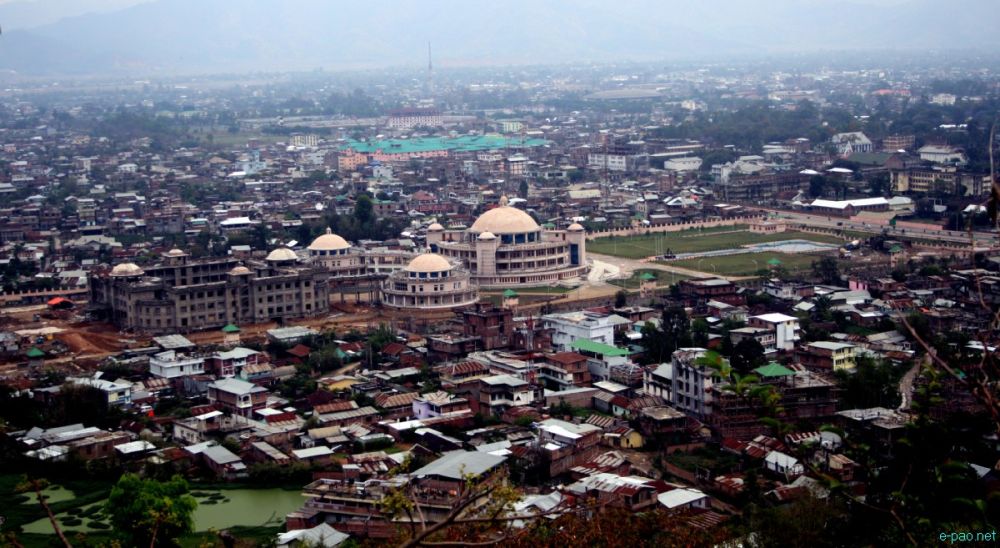

The picturesque city of Imphal, set in the northeastern state of Manipur in India, has a rich and vibrant history that extends to its tourism sector. Imphal's journey as a tourist destination began in earnest post-India's independence, although the region always had inherent charm and cultural significance. The inception of organized tourism in Imphal can be traced back to the late 20th century when India began promoting its northeastern regions as unique destinations.
In the beginnings, tourism in Imphal was largely driven by domestic travelers and a few intrepid foreign tourists. The state's remote location and lack of infrastructure initially posed challenges to the growth of tourism. Nonetheless, attractions such as the Kangla Fort, the Ima Keithel Women's Market, and the natural beauty of the surrounding landscapes started drawing in the curious and adventurous.
The 1990s and early 2000s saw a gradual increase in government initiatives focused on improving the region's infrastructure. Upgrades to Imphal's airport, roadways, and accommodation options played a pivotal role in making the city more accessible to tourists. Furthermore, the introduction of the Manipur Tourism Festival, now known as the Sangai Festival, helped put Imphal on the national tourism map, showcasing the region's culture, dance, music, and cuisine.
Today, Imphal's tourism sector has embraced several modern trends. There is a growing emphasis on sustainable and eco-friendly travel, with many local operators providing eco-tourism packages. Adventure tourism is also gaining momentum with opportunities for trekking, mountain biking, and water sports in locales like the Loktak Lake and surrounding hills.
Cultural tourism remains a bedrock for Imphal's tourism appeal, with an increasing number of visitors coming to participate in traditional festivals and to explore the city's war history, particularly the sites related to the Battle of Imphal during World War II.
Medical tourism has shown an uptick as well, with visitors from neighboring states and countries coming to Imphal for its high-quality medical facilities at comparatively lower costs. The city's hospitals and medical institutions are gaining reputations for excellence, particularly in areas like advanced surgical procedures.
Moving forward, Imphal aims to position itself as a leading tourism destination not only in the Northeast but across India. With upcoming projects geared towards enhancing the tourist experience, such as the development of the Heritage Park and integrated tourist circuits, the city continues to embrace both its historical roots and the opportunities of modern tourism.
In conclusion, from its modest beginnings to its current emergence as a diverse travel destination, Imphal has traversed a long path in the realm of tourism. It remains a testament to the beauty and resilience of the region and continues to welcome visitors with open arms and a wealth of experiences.